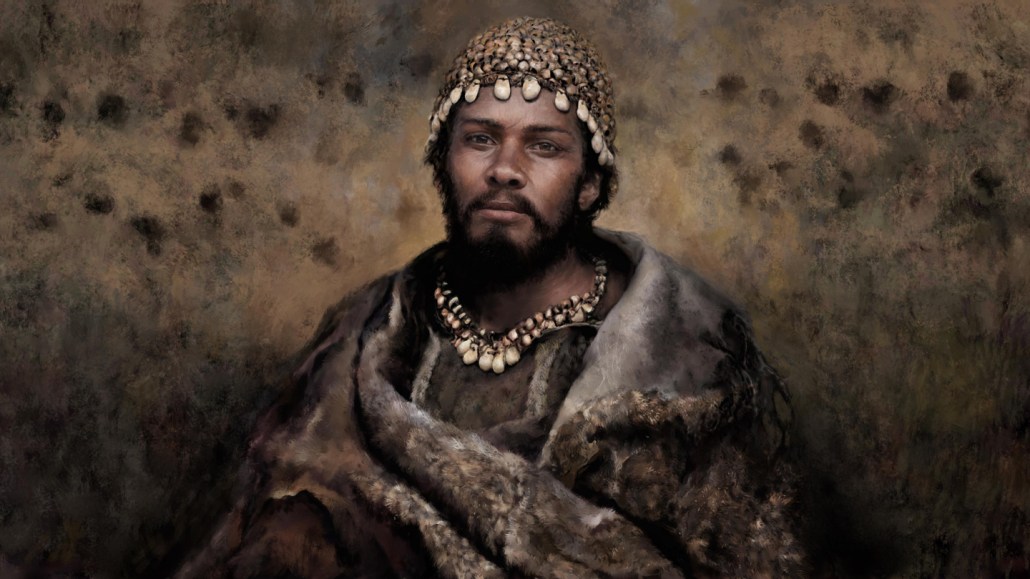Ancient DNA unveils disparate fates of Ice Age hunter-gatherers in Europe
A new study is the largest to date of ancient Europeans’ DNA

This artistic portrayal of a southeastern European hunter-gatherer from the Gravettian culture, which dates to between 33,000 and 26,000 years ago, was inspired by newly analyzed genetic evidence and previous archaeological finds.
Tom Bjoerklund